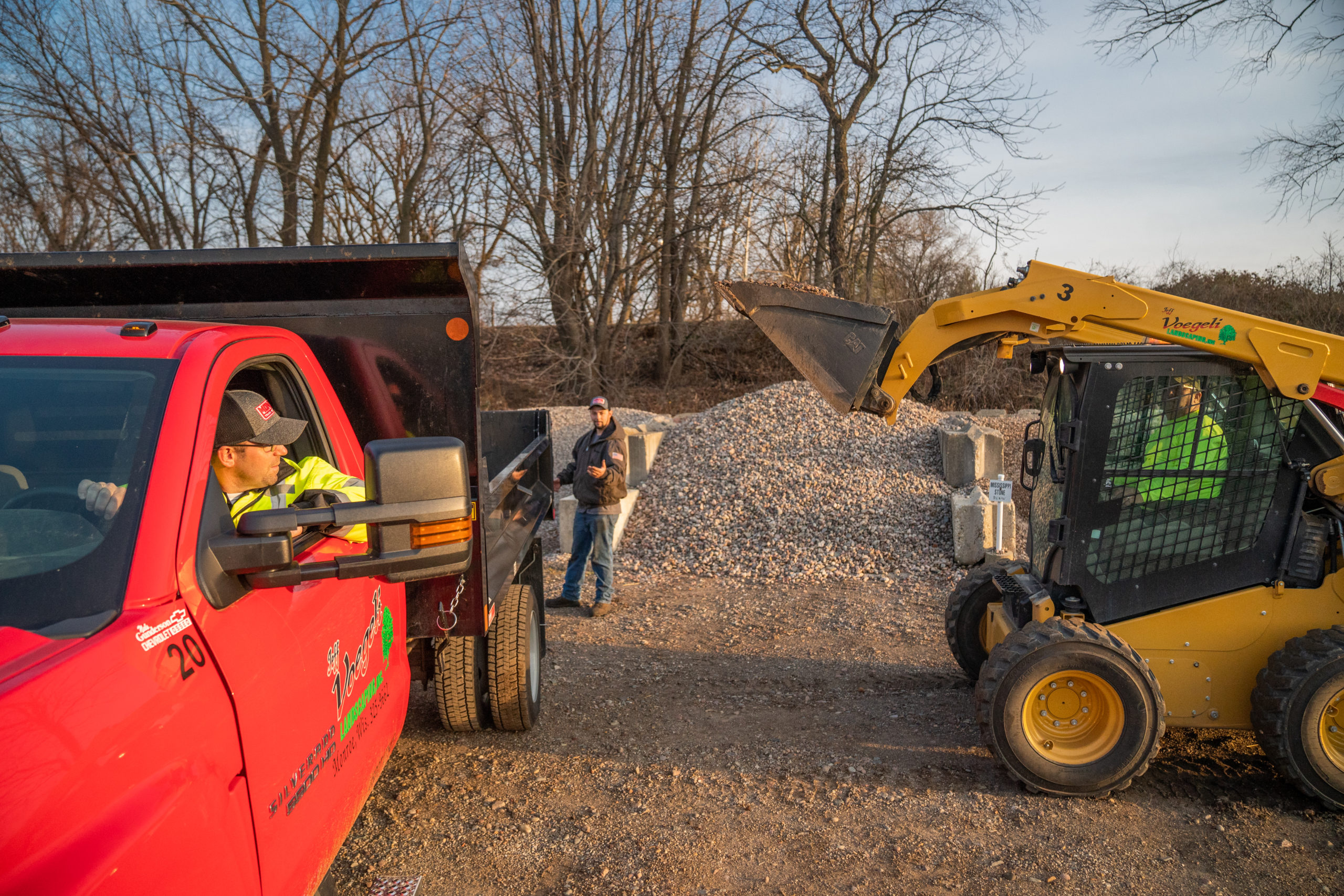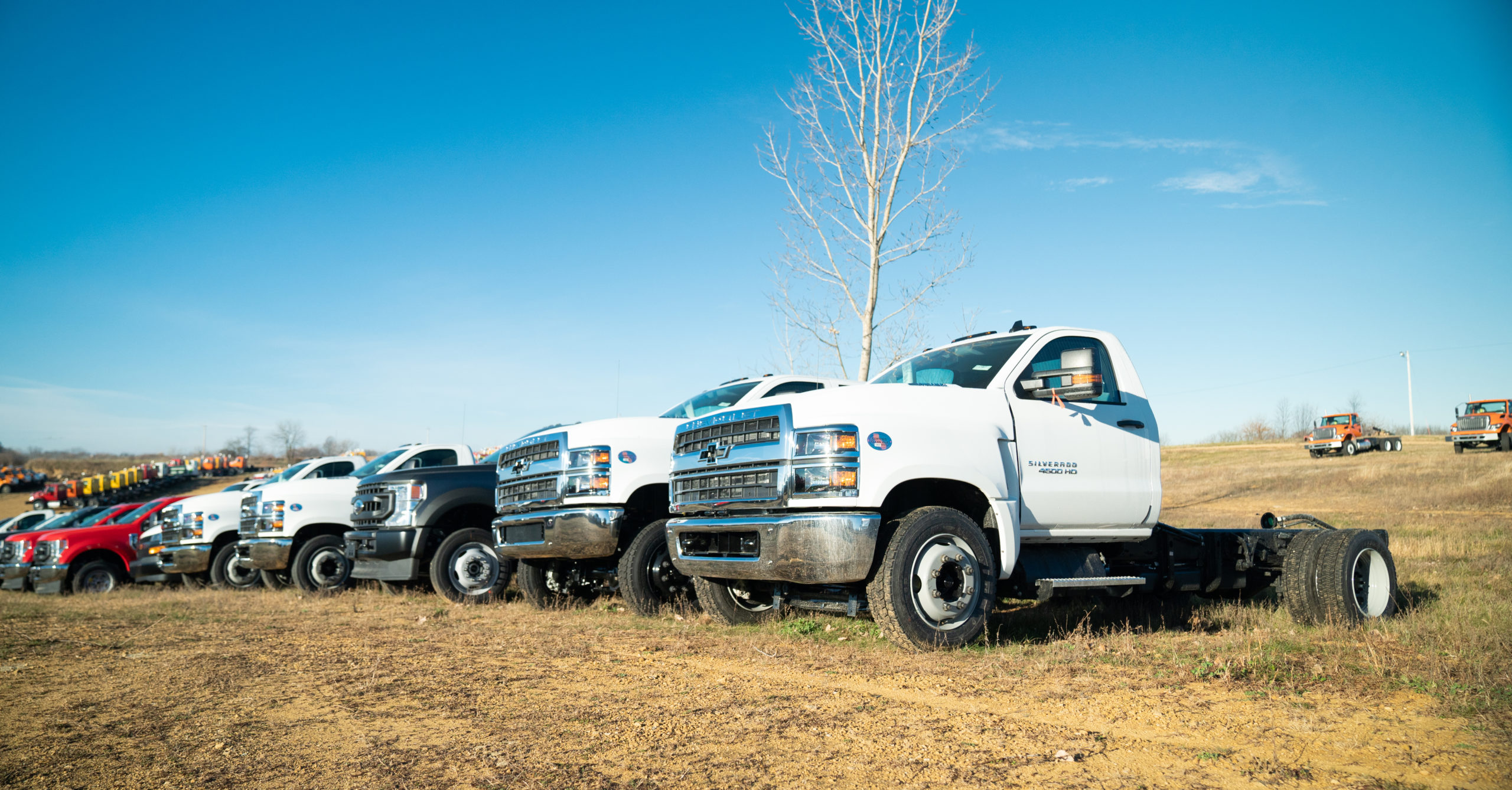Benjamin Franklin penned the term “an ounce of prevention is worth a pound of cure” nearly 300 years ago. The expression has stayed around for obvious reasons, it’s a simple reminder to take care of your things before a major breakdown. For the tools you use in your everyday life, especially one as important as your work truck, preventative maintenance is one of the best ways to avoid costly repairs, ensure the best long-term ROI and keep you safe on the road.
Benefits of Preventative Maintenance
Save Money On Repairs
Unexpected repairs can be costly, especially when your budget is already tightly delineated. Whether you have one work truck, or manage a fleet, implementing a preventative maintenance strategy will save you money and ensure the best possible ROI for your vehicles.
Protect Yourself and Others 
Your truck isn’t the most valuable thing on the road, it’s you and other drivers and passengers. Preventive maintenance is another way to stay safe while driving. By keeping up with repairs, top offs, tune ups, and having an understanding of the general health of your vehicle goes a long way in preventing harmful collisions, dangerous breakdowns or other accidents that could compromise your safety, or the safety of others.
Fewer Unexpected Breakdowns
Unexpected breakdowns are horrendous. First, there’s the cost of the repair itself. Depending on the severity of the breakdown, sometimes you have to pay to get your vehicle towed to a shop for repairs. Then, there’s the money you lose from missing any jobs, and unhappy customers calling to complain. Minimizing the chance of breakdowns protects your ROI and your sanity.
Your Preventative Maintenance Checklist
Electrics
Checking your electric systems is an easy way to stay ahead of issues like headlight malfunctions and blown fuses. Luckily, many auto part shops offer free electrical testing, evaluating the health of your battery, alternator and starter. If you’re up to it, you can do your electric assessments at home. Electrical tests should be done yearly, and ideally be performed before the super cold weather comes around.
Filters
Filters are one of the simplest things any owner can replace at home. Air filters protect your engine– catching dirt, dust and debris before it can contaminate your vehicle and cause poor performance. A dirty air filter can affect gas mileage, acceleration and carbon deposit build up. Your cabin air filter is just as easy to check and replace. This filter is responsible for catching impurities in the air that are brought into your cabin– where it is inhaled by you and any passengers. If you’re comfortable, you can even replace your own oil filters between oil changes, saving you money at the shop.
Lighting
Every once in a while, take a look around your truck to monitor your exterior lighting. Catching a burnt out headlight or brake light can prevent potentially being pulled over by the police. While doing your check, look at your head, brake, signal and hazard lights. Then go inside your cab and check for any interior lighting that may need replacement. Light bulbs are inexpensive, and regularly checking your lighting is an easy way to stay safe and visible on the road.
Fluids
There are a lot of fluids that make your truck run– including motor oil, coolant, power steering, brake, windshield and transmission fluids. These fluids are incredibly important to the smooth operation of your vehicle and you should never run on low fluid levels. Most fluids can be checked at home in just a matter of minutes. Fluids can be topped off in a hurry, but make sure you’re regularly changing these fluids according to your manufacturer’s recommendations to avoid long-term damage.
Brakes 
There’s really no need to mention just how important your brake health is. Brake inspection should happen at least twice a year, and can often take place when you’re rotating your tires. Brake inspections include auditing your brake pads, shoes and rotors as well as your brake fluids. Brake inspections are offered at most auto shops and the staff will recommend replacement when your brakes surpass the minimum brake pad thickness. They will also be able to check for unusual wear patterns that could be the result of an unbalanced brake system.
Tires
Ensuring your tires are in good shape involves a few different inspections. The first is tire pressure. Most vehicles will alert the driver when tire pressure is low, some even displaying which tire or just how low the tires may be. Maintaining OEM recommended tire pressure keeps your tires in good condition for a longer amount of time, maximizing fuel economy and saving you replacement costs over time. The right psi pressure ensures maximum traction with the road. Then, there’s the inspection of the tires themselves. Look for wear and thinning in the tread, and replace your tires accordingly. Check your OEM recommended time frame for tire rotation, and take your vehicle in for rotation to prolong the life of your tires.
Regular Inspections
There’s a lot you can do to prevent breakdown and costly repairs. Taking your truck to the shop for regular inspections and tune ups is a great way to assess the overall health of your vehicle and catch anything that needs mending or replacing before it causes a roadside breakdown. The Kansas Department of Transportation provides a comprehensive preventative maintenance checklist that you and your auto shop can use to keep your truck in tiptop shape.
Customer Focused Service
Monroe Truck Equipment is a trusted work truck manufacturer and upfitter and we believe in true partnerships with our customers. We serve commercial customers across the country and work to find solutions for their most pressing needs. If you want to learn more about Monroe Truck Equipment, visit us at www.commercial.monroetruck.com
